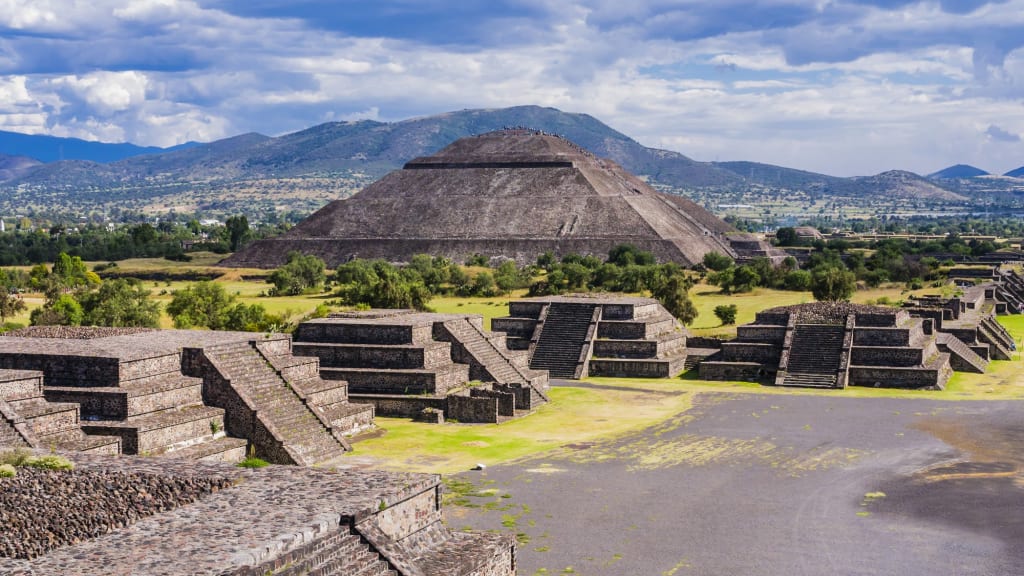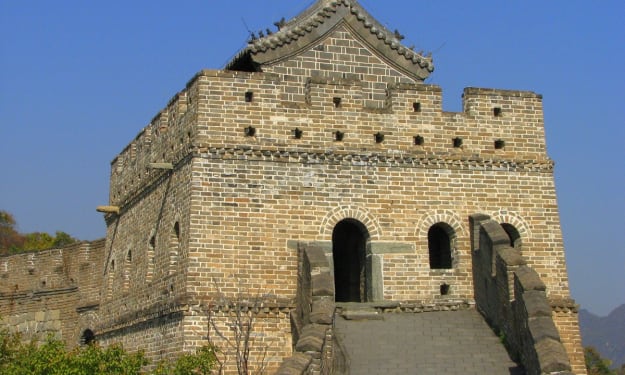Mesoamerican Pyramids: Architectural Marvels of Ancient Civilizations
History

Mesoamerican pyramids are iconic structures that represent the pinnacle of architectural and engineering achievement in ancient America. Built by various civilizations across Mesoamerica, including the Maya, Aztecs, and others, these pyramids served religious, ceremonial, and civic purposes. This article explores the origins, construction techniques, cultural significance, architectural features, and enduring legacy of Mesoamerican pyramids.
Origins and Historical Context
Mesoamerican pyramids were constructed by several advanced civilizations that flourished in the region from approximately 2000 BCE to the 16th century CE. These civilizations, including the Olmecs, Maya, Teotihuacanos, Toltecs, and Aztecs, inhabited present-day Mexico, Guatemala, Belize, Honduras, and El Salvador. Each civilization contributed unique architectural styles and cultural practices to the development of Mesoamerican pyramids.
The pyramids were central to Mesoamerican religious and ceremonial life, serving as monumental structures dedicated to gods and deities, as well as platforms for rituals, sacrifices, and astronomical observations.
Construction Techniques and Architectural Features
Mesoamerican pyramids exhibit impressive architectural and engineering prowess:
- Materials: Pyramids were typically constructed using locally sourced materials, such as limestone, adobe, and volcanic stone. The stones were cut and shaped using stone tools and were often embellished with stucco decorations and painted murals.
- Step Pyramid Design: Many Mesoamerican pyramids feature a stepped or terraced design, with each level representing a distinct platform or stage. These pyramids often had staircases leading to temples or altars at the summit.
- Orientation and Alignment: Pyramids were often aligned with astronomical phenomena, such as the movements of the sun, moon, and stars. They served as observatories for tracking celestial events and as markers for important calendar dates and religious ceremonies.
- Architectural Elements: Temples, altars, and plazas were integrated into the pyramid complexes, creating ceremonial centers that were focal points of Mesoamerican urban planning and religious life.
Cultural and Religious Significance
Mesoamerican pyramids held profound cultural and religious significance:
- Sacred Centers: Pyramids were sacred spaces where priests performed rituals, ceremonies, and sacrifices to honor gods and ancestors. They were believed to serve as portals connecting the earthly realm with the divine.
- Cosmic Symbolism: The alignment of pyramids with celestial events, such as solstices and equinoxes, reflected Mesoamerican beliefs in the cyclical nature of time and the interconnectedness of human life with the cosmos.
- Political Power: Pyramids also symbolized political power and authority, with rulers often depicted in monumental sculptures and reliefs adorning the pyramid facades.
Legacy and Enduring Influence
The legacy of Mesoamerican pyramids is profound and continues to resonate today:
- Archaeological Discoveries: Excavations of Mesoamerican pyramid complexes have revealed valuable insights into ancient urban planning, religious practices, social hierarchies, and artistic achievements.
- Cultural Heritage: Many Mesoamerican pyramids, such as those at Chichen Itza, Teotihuacan, Tikal, and Tenochtitlan (Mexico City), are UNESCO World Heritage Sites and popular tourist destinations. They attract visitors from around the world who seek to explore the rich history and architectural splendor of ancient Mesoamerica.
- Influence on Modern Architecture: The stepped pyramid form and architectural principles of Mesoamerican pyramids have influenced contemporary architecture and urban design, inspiring modern architects with their structural integrity and cultural significance.
Conclusion
Mesoamerican pyramids stand as enduring symbols of the technological, artistic, and spiritual achievements of ancient civilizations in the Americas. These monumental structures served not only as religious centers and symbols of political authority but also as architectural marvels that continue to inspire awe and admiration today. Preserved as cultural heritage sites and studied for their historical significance, Mesoamerican pyramids provide a window into the rich cultural tapestry and technological advancements of ancient Mesoamerican societies. As testaments to human ingenuity and cultural expression, these pyramids remain a testament to the enduring legacy of Mesoamerican civilizations and their contributions to world history.
About the Creator
Marveline Merab
“History never repeats itself. Man always does.”
― Voltaire
Enjoyed the story? Support the Creator.
Subscribe for free to receive all their stories in your feed. You could also pledge your support or give them a one-off tip, letting them know you appreciate their work.






Comments
There are no comments for this story
Be the first to respond and start the conversation.